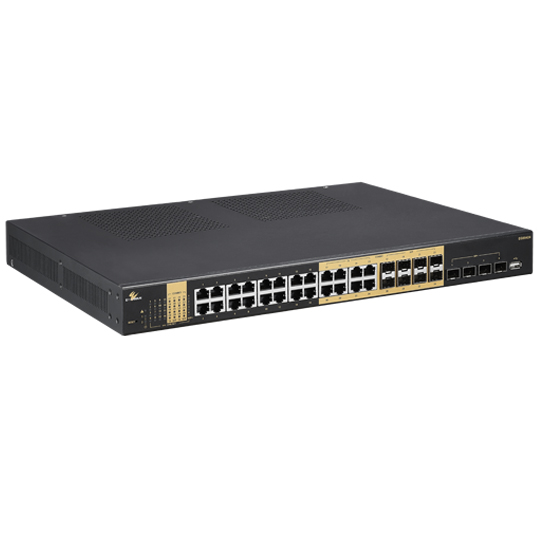Enhanced Control and Monitoring of Critical Urban Flood Control Systems

Overview
Positioned on the Western edge of the Pacific Ocean between Japan and The Philippines, Taiwan faces an omnipresent threat from typhoons. Typhoons are the most serious natural hazard in Taiwan, seasonal disasters which often cause serious damage and loss of life. The area around the city of Taipei is low-lying and surrounded by mountains, making the danger from typhoon-induced floods even more severe. To address this danger, the governments of Taiwan and Taipei have invested heavily in measures to control and mitigate the effects of typhoons and flooding. EtherWAN switches play a crucial role in achieving a robust, cost-effective, and reliable flood control solution.
Challenges
The flood prevention system is comprised of many components spread across a wide geographical area. Remote pumping stations and sluice gates are equipped with a range of devices, including IP phones, PLC controllers, and sensors to detect water levels and water quality. All of these components must be interlinked and connected to a network that will allow for remote monitoring of conditions and control of sluice gates by personnel at the city Flood Control Headquarters.
Because a failure at a pumping station or sluice gate during a typhoon could lead to catastrophic damage and loss of life, reliability of the network infrastructure is a priority. Power over Ethernet (PoE) equipment is needed for surveillance cameras, and the solution must be hardened against extreme temperatures and humidity. If any part of the network fails, the system recovery time has to be as fast as possible.
Application Requirements
- Connection with existing devices and sensors
- High MTBF of network switches
- Video surveillance system connectivity
- Full functionality even in high humidity and high temperature
- Network redundancy with low failover time
- Layer 3 network routing for linking zones in different subnets
- 1/10 Gigabit backbone for maximized transmission speed and future system expansion
Solution
The system is divided into six zones, and is configured for more zones to be added in future development stages. Each zone contains a group of sluice gate stations and a group of pumping stations, spread over an area of approximately 120 square kilometers (46 square miles). Delivering reliable Power over Ethernet to the many devices at the sluice gates and pumping stations, EX78000 and EX76000 switches are deployed in a ring formation, and each zone is configured as an individual subnet. EtherWAN's proprietary alpha-ring protocol is employed to provide redundancy and minimized downtime in the case of a dropped connection. A full gigabit, 24-port managed switch, the EX77900, connects the alpha-ring subnet to a series of two EG99000 Layer 3 switches, which provide IP routing from the subnets back to a regional headquarters, as well as acting as a robust 10 gigabit backbone. All switches are hardened against extreme conditions, including the extreme temperatures and high humidity levels that are so often reached at the height of summer.
Conclusion
Modern flood prevention systems can consist of dozens of pumping stations and sluice gates, each having a multitude of devices and controllers for which real-time data monitoring is imperative. EtherWAN switches have proved to be extremely suitable for this kind of critical flood prevention network infrastructure. Hardened-grade equipment with support for both copper and fiber optic connections, combined with alpha-ring technology and Layer 3 routing features, provide an exceptionally dependable and economical approach for essential city-wide networks, where lives and property are at risk.

Related products:
EtherWAN – " When Connectivity is Crucial "
► For more information, please contact: info@etherwan.com.tw









